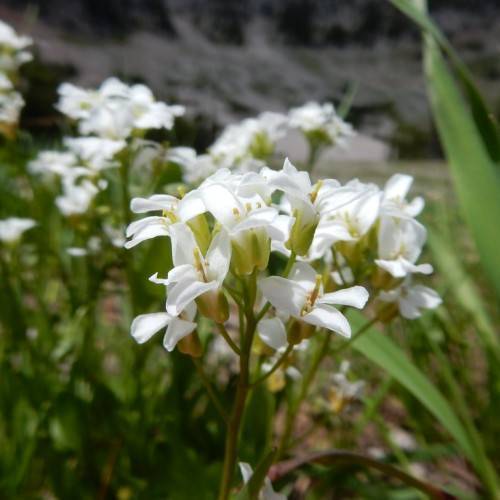
Nuttall's Rockcress
Arabis nuttallii
Watering:
Minimal
Hardiness Zone:
Sun:
full sun,part shade
Fruits:
Fruits Ready In
Leaf:
Yes
Growth Rate:
Low
Salt Tolerant:
Yes
watering
Eschscholtz's Rockcress requires moderately frequent but light watering to stay healthy. During the active growing season of spring and summer, water your plant every 5 days or so, applying just enough water to moisten the surface of the soil. During the fall and winter months, when the plant is in a semi-dormant state, water it less frequently, about every 2 weeks or so. Never leave the soil soggy or overly wet, as this can cause root rot. Additionally, consider applying a layer of mulch to the soil to help retain moisture and discourage weeds.
sunlight
Eschscholtz's Rockcress (Arabis eschscholtziana) is a plant species that requires ample amounts of sunlight to grow and thrive. For optimal growth, Eschscholtz's Rockcress should receive full sun or part shade for at least 6 hours a day. The best times of day for this plant to get sunlight are from 7am to 11am and from 3pm to 7pm. During the summer months, the plant will benefit from a few hours of shade during the hottest parts of the day to prevent scorching.
pruning
Eschscholtz's Rockcress should be lightly pruned once per year in the late spring and early summer. Pruning this plant should be done with caution, as it is a fast-growing species of plant that can quickly become out-of-control when not regularly maintained. The goal of pruning should be to remove any dead or dying stems, as well as to thin out overly dense areas of the plant. Remove only a few stems at a time and always use clean, sharp pruning shears to avoid damage to the stems.
